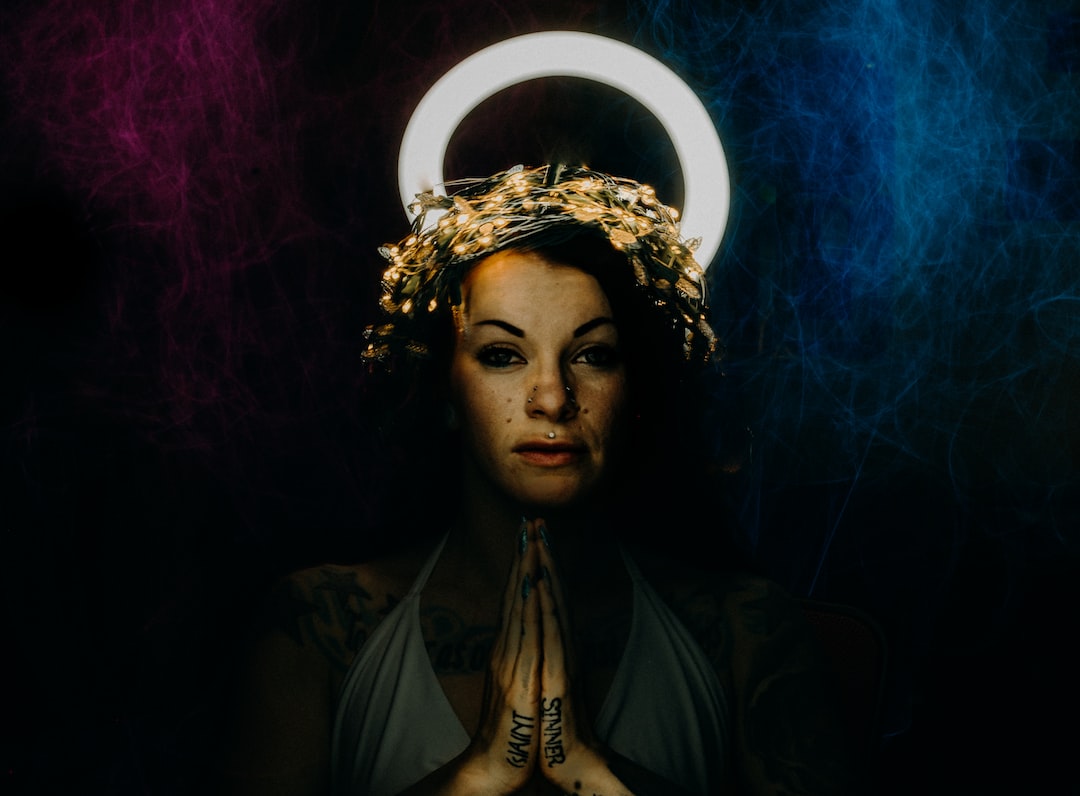Rituals of Birth and Death in Different Religious Traditions
Birth and death are two significant events in a person’s life that hold immense importance across various religious traditions around the world. These events often mark the beginning and end of one’s journey, and each religion has unique rituals and ceremonies to honor and commemorate these transitions. In this blog post, we will explore the rituals associated with birth and death in different religious traditions.
In Christianity, the act of birth is considered a joyful event, a gift from God. The ceremony of baptism is performed shortly after a child’s birth, symbolizing their initiation into the Christian faith. During this ritual, the baby is usually anointed with holy water by a priest, signifying purification and the release of original sin. The child is welcomed into the Christian community, and the parents, godparents, and congregation make promises to guide them in their spiritual journey.
In contrast, death is seen as a solemn event in Christianity. Funeral rituals vary depending on the denomination, but common practices include prayers, scripture readings, hymns, and a eulogy honoring the deceased. A burial or cremation follows the funeral service, where the body is laid to rest in a cemetery or crematorium as a way of returning it to the earth. Christians believe in an afterlife, and the rituals associated with death aim to provide solace and hope to the grieving family and friends.
In Hinduism, birth is also considered a sacred event. The newborn is welcomed into the family and community through the ceremony of naming and blessings. The priest performs various rituals, offers prayers, and marks the child’s forehead with a sacred paste. The family then celebrates with music, dance, and distributing sweets among relatives and friends.
When it comes to death, Hinduism views it as a natural and cyclical process. The rituals associated with death focus on the belief in reincarnation and the liberation of the soul from the cycle of birth and death. The body is usually cremated, and the ashes are scattered in a sacred river. The mourning period varies across regions and families, but it commonly lasts for thirteen days, during which prayers, ceremonies, and remembrances are held to pay tribute to the departed soul.
In Islam, the birth of a child is celebrated as a blessing from Allah. Shortly after birth, a prayer (adhan) is whispered into the baby’s ear, welcoming them into the Muslim community and inviting them to live a righteous life. This is followed by the ritual of circumcision for boys between infancy and adolescence, symbolizing cleanliness and spiritual growth.
In Islam, death is considered a natural part of life. When a person passes away, they are typically buried as soon as possible, preferably within 24 hours. Islamic funeral rituals include washing and wrapping the body in a simple white cloth, offering prayers (janazah) for the deceased, and burying them facing Mecca. The aim is to ensure a dignified departure for the soul and provide moral and emotional support to the bereaved.
These are just a few examples of the rituals associated with birth and death in different religious traditions. Each religion has its unique customs, beliefs, and ceremonies that reflect their spiritual values and worldview. Regardless of the specific rituals, birth and death mark important milestones in human existence, and these religious practices provide individuals and communities with a sense of meaning, connection, and comfort during these significant life events.

